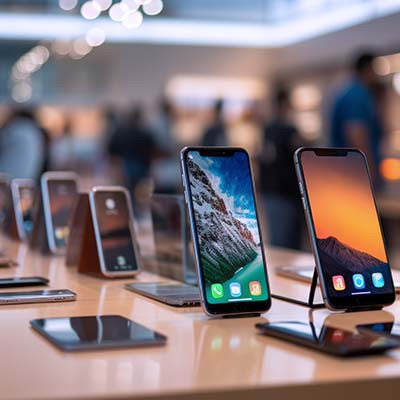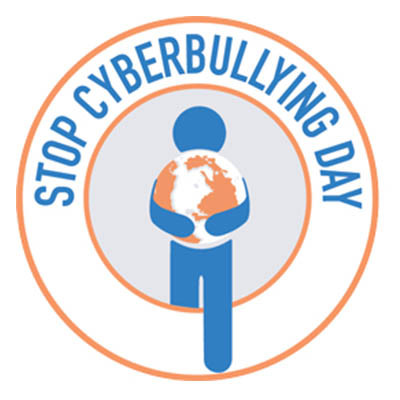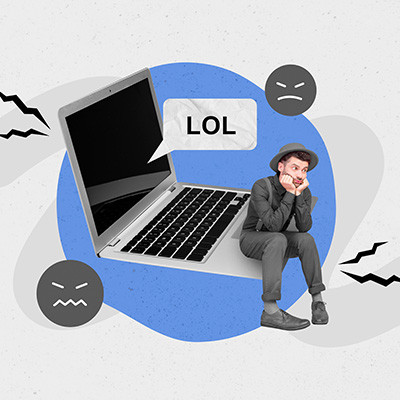For anyone who has seen the movie Moneyball, remember Billy Beane and the Oakland A's? In the early 2000s, Beane revolutionized baseball with "Moneyball," a radical approach to team building. Faced with a shoestring budget, he eschewed traditional scouting metrics and instead used sabermetrics—advanced statistical analysis—to identify undervalued players. The result? A small-market team consistently outperforming richer rivals, proving that data, not just dollars, could buy success.
Fast forward to today, and the principles of Moneyball are more relevant than ever for modern businesses. In an increasingly competitive landscape, every company, regardless of size or industry, can leverage data to make smarter decisions, optimize resources, and ultimately, build a better business for less.



















